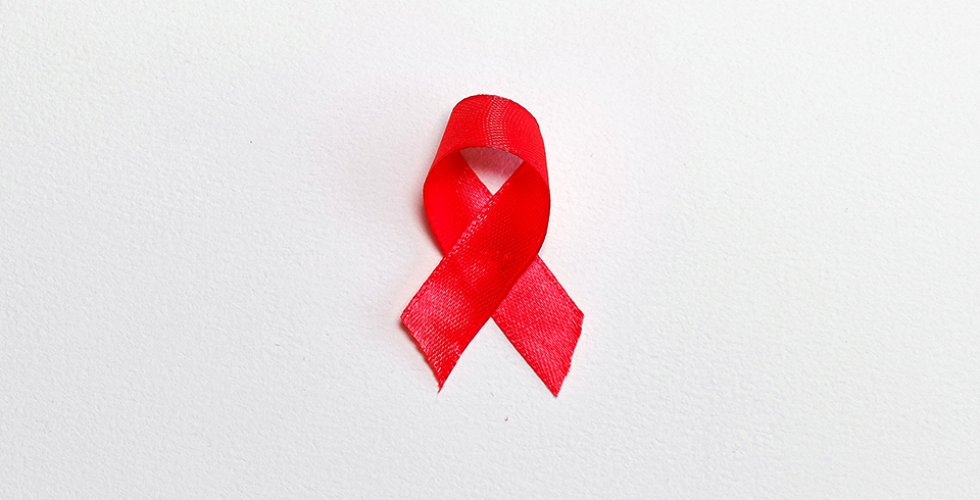
HIV
Since the HIV pandemic started in Sweden in 1982, RFSL has worked with issues related to HIV and sexuality. The work consists, among other things, of HIV prevention, which is characterized by being sex positive. We target queer and transgender people, gays and bisexuals who have sex with men, a target group that has a greater risk of contracting HIV and sexually transmitted diseases.
It is important that you know your HIV status, whoever you are.
Untreated HIV (human immunodeficiency virus) is still a deadly and incurable virus, but today HIV can be treated. With well-adjusted medication, you can continue to live your life as if you did not have HIV, your life expectancy is as if you did not have HIV, and you can have unprotected sex without risking transmitting HIV to someone else. Only if you test yourself can you know your HIV status and only if you know your HIV status can you receive treatment (so-called antiviral therapy).
Did you know that most people who have had HIV transmitted have received it from a person who did not know their HIV status?
The immune system is broken down by HIV, the immune system becomes sensitive and vulnerable to diseases and other infections. In the end, the immune system is so low that it cannot protect you from infections, that is when HIV has caused the disease AIDS. Medical treatment quickly reduces the levels of virus in your body and most likely prevents you from getting AIDS.

U=U
Undetectable HIV equals Untransmittable HIV.
If you are on treatment and have unmeasurable viral levels, it is not possible to transmit HIV through sex. The safest sex if you want to avoid getting HIV yourself is therefore with people with unmeasurable HIV.
When someone living with HIV goes on treatment and takes their medications properly, the amount of virus in the blood decreases so much that it can no longer be measured. The person then has unmeasurable HIV. A person with unmeasurable HIV cannot pass their HIV to someone else through sex, even if a condom is not used.
Does that mean I can skip the condom?
Unmeasurable HIV cannot be transmitted during sex, even without a condom. If you have unmeasurable HIV, you are also not required to use a condom during sex. However, condoms are still good protection against sexually transmitted diseases such as chlamydia, gonorrhea and syphilis. If you are unsure of your own HIV status or that of your sexual partners, the condom is also an effective protection against the transmission of HIV.

Transfer in case of non-optimal treatment:
If a person has HIV without treatment, the virus can be transmitted. HIV is transmitted via mucous membranes and contact with body fluids such as semen, vaginal secretions, blood and breast milk.
The risk of transmission therefore exists during sexual contact, use of injection tools, blood transfusions and during pregnancy from a carrier to the child and during childbirth or breastfeeding.
Risk situations:
- Intercourse, both vaginal and anal. Practicing oral sex, especially with semen/insertion, involves risk (because there is mucous membrane in the throat), but a much lower risk than vaginal/anal intercourse.
- Unclean injection tools.
- Pregnancy, childbirth and breastfeeding.
- Helping a person who is bleeding poses no primary risk, unless you yourself have large open wounds and large amounts of blood can enter your bloodstream.
How is HIV treated?
If you are diagnosed with HIV, you will receive free treatment in Sweden. The doctor will write a prescription for medicine. Most people today take one tablet per day. The medicines available today are well developed and have fewer side effects than the medicines used to have. If you have been on the same treatment for several years, it may therefore be a good idea to ask your doctor if there are newer drugs that facilitate your medication. For the treatment, it is necessary to regularly monitor your virus levels in the body to see that the treatment is working as it should. It takes place approximately twice a year at your (optional) reception. At the beginning of your treatment, it may be more frequent.
Symptoms?
- Some, but few, feel symptoms within the first 4 weeks after infection. It can resemble the flu or a cold, or a rash like pink spots on the skin.
- The risk of infection is highest in the first period after infection.
- Viral values are highest at the first time of infection.
- The vast majority only develop symptoms when the untreated HIV levels have increased and the immune system is weakened.
Links about HIV
On these links, you can read more about HIV on the RFSL’s national website:
RFSL’s work with health and HIV prevention
U=U Undetectable HIV = Untransmittable HIV
Inlägget finns också på:
 Svenska
Svenska

